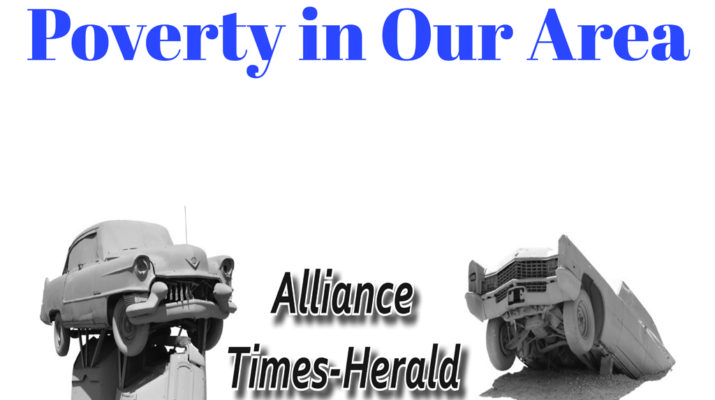Poverty is defined as a lack of resources. We tend to think of this as not having enough financial resources, not enough money to cover basic needs. But many people lack the social resources required to get ahead. They have bonding capital, but not bridging capital.
Capital is an asset or resource, and the people we know count as our social resources, our social capital. Last week we talked about bonding capital, the people we are closely connected to. They are our friends, family, neighbors, co-workers. They tend to be like us and understand where we are coming from; they are the people we rely on. They give us emotional and material support.
Bonding capital helps people get by in their current situations, providing support in day-to-day lives. To get ahead, to create bridges out of poverty, we also need to have bridging capital. Bridging capital creates the leverage needed to move upward.
Bridging capital is the people we interact who are different from us and not in our immediate social circle. They might be people we know but don’t really have in-depth conversations with. They might be people we talk to in certain circumstances: teachers, doctors, grocery store clerks, neighbors we don’t really know well. They might be the people who staff the offices we must interact with.
More importantly, bridging social capital is closely linked to success in life. When we build a network of diverse people and develop respectful relationships with those people, then we can much more easily get ahead.
Bridging capital is such an important resource that it is part of every Bridges Out of Poverty program. In order for someone to move out of poverty, they need to address class issues directly. They need to learn about hidden rules and language registers so they can communicate with those outside their bonding capital circle. They need to learn to network with people who can help them and advise them as they navigate what is, for them, a new world. They need a mentor.
Where do these mentors come from? Churches and community organizations are a great source of bridging capital for their membership. Employers often see employees who have a great deal of underutilized talent and take them under their wing, training them to move up to positions with more responsibility.
How else can people in poverty build this social capital resource? Education is generally where people get their first opportunity for a hand up. People might get involved in activities in school, both when they are students and when they are parents. Activity sponsors and coaches often develop strong relationships with the kids they work with, and they mentor those kids long beyond the activity. Classroom teachers might develop relationships with students and parents they see over the course of years. Sometimes the school offers programs like Teammates, pairing kids with adults who will help mentor them.
Our Department of Labor office long provided job applicants with bridging capital. They offered assessments to find strengths, they provided assistance in building resumes that stressed those strengths and focused on past activities that provided valuable experience. Then they worked to connect applicants with jobs that were a good match for those strengths and skills.
Western Nebraska Community College offers basic college-level classes as well as career training in a variety of fields. These classes create a strong network of bridging capital, both through instructors and potential employers. Friends who move into good jobs contact others when they see opportunities.
In the future we will look at more ways to bridge the gap between poverty and middle class. I will be taking the month of August off for some relaxation and renewal, so this column won’t be appearing. We’ll talk again in September.

